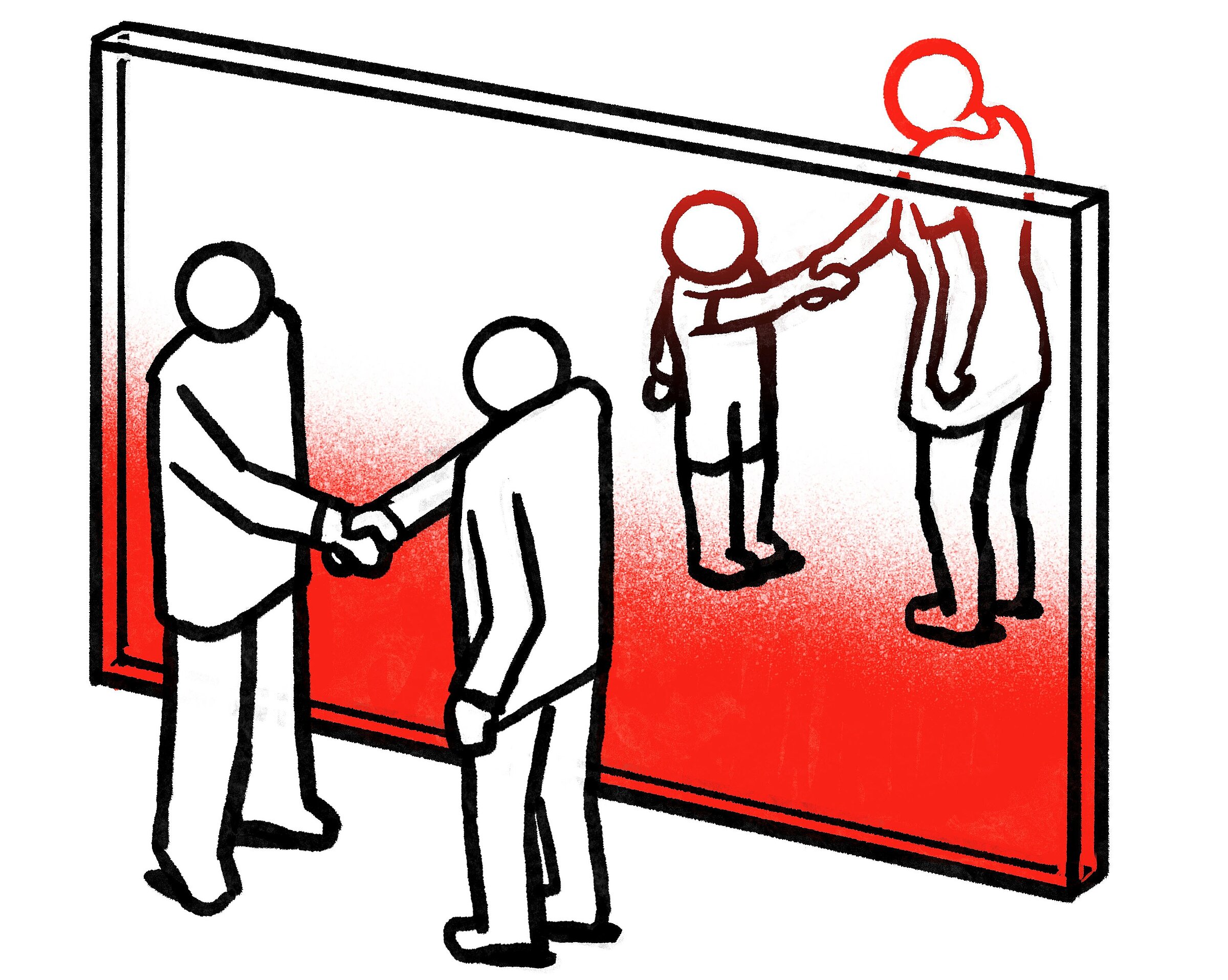Many people are familiar with the concept of glass ceilings. It refers to the idea that there is an invisible structural barrier that women cannot permeate when trying to move up in their career paths. I coined the term glass fences to describe the lack of permeability for women researchers crossing national borders in global science. Research careers increasingly require international collaboration and mobility. But in fact, glass fences make it harder for women to go abroad.
These invisible barriers exist in several dimensions. To give just one example, women tend to participate less in international conferences, because they are not organized around family friendly criteria creating issues for caregivers. This means they have less opportunities to meet international collaborators.
Gender is present everywhere – in everyday interactions, in work, in life, in academic institutions, in the kind of knowledge we produce, in the decisions we make and in how power gets exercised. If we break down gendered barriers and borders between countries in science, how can we make sure we do not amplify other old privileges? We tend to take the “normal” as default for our decisions, but the sense of normalness is usually from the eyes and interests of people who are heterosexual, white, middle class educated men from the global North. A Black gay scientist needs a different kind of support when they go abroad than a heterosexual scientist with his wife and children who are all white and able-bodied.
How organizations and institutions conceptualize the norm person, does not fit for many in academia. We need to change the rules to make them fit diversity better. They need to become more flexible and inclusive because scientists are much more than brains on sticks. We are human beings who have multiple aspects to our identities.
As an organizational and institutional sociologist, I look at gender less as an individual attribute, whether people identify as a man, a woman or non-binary, for example. I am rather interested in how gender is dealt with in institutions. How do we organize, value, reward, and distribute resources for international collaborations with regard to gender? I examine this in institutions like the CERN in Geneva, and international funding agencies like the Alexander von Humboldt Foundation, which offers stipends for researchers to go abroad.
I have a mathematics background, and I believe that combining qualitative methods like interviews with quantitative methods and visualization is very powerful. One of my favorite methods is network analysis which allows us to study how people, organizations, and words are connected. Visualizing ties and connections provides us with insights into power structures.
I am concerned about how gender studies and gender equity programs in science have been under attack from the popular right. In my eyes, the popular right has an anti-science project in mind and they have been focusing on gender studies because they believe that it is the one weak link to delegitimize science as a whole. We need to look at these attacks on the legitimacy of gender studies, while at the same time looking at how people have made a case for gender studies in Germany, and how gender is engrained in the project of democratic societies, for equity also in science is tied to the basic law.
I believe that science can empower people and I want to use scientific knowledge to make change happen. I try to create knowledge that can be useful for institutions, politicians, policymakers, and the general public for a more inclusive and just world. Research can help us think critically about how to transform institutions and how to improve gender justice. It would be weird to expect that change will happen without resistance or tensions, because gendered inequalities are so baked into the power structure. So addressing and overcoming these resistances is necessary.


